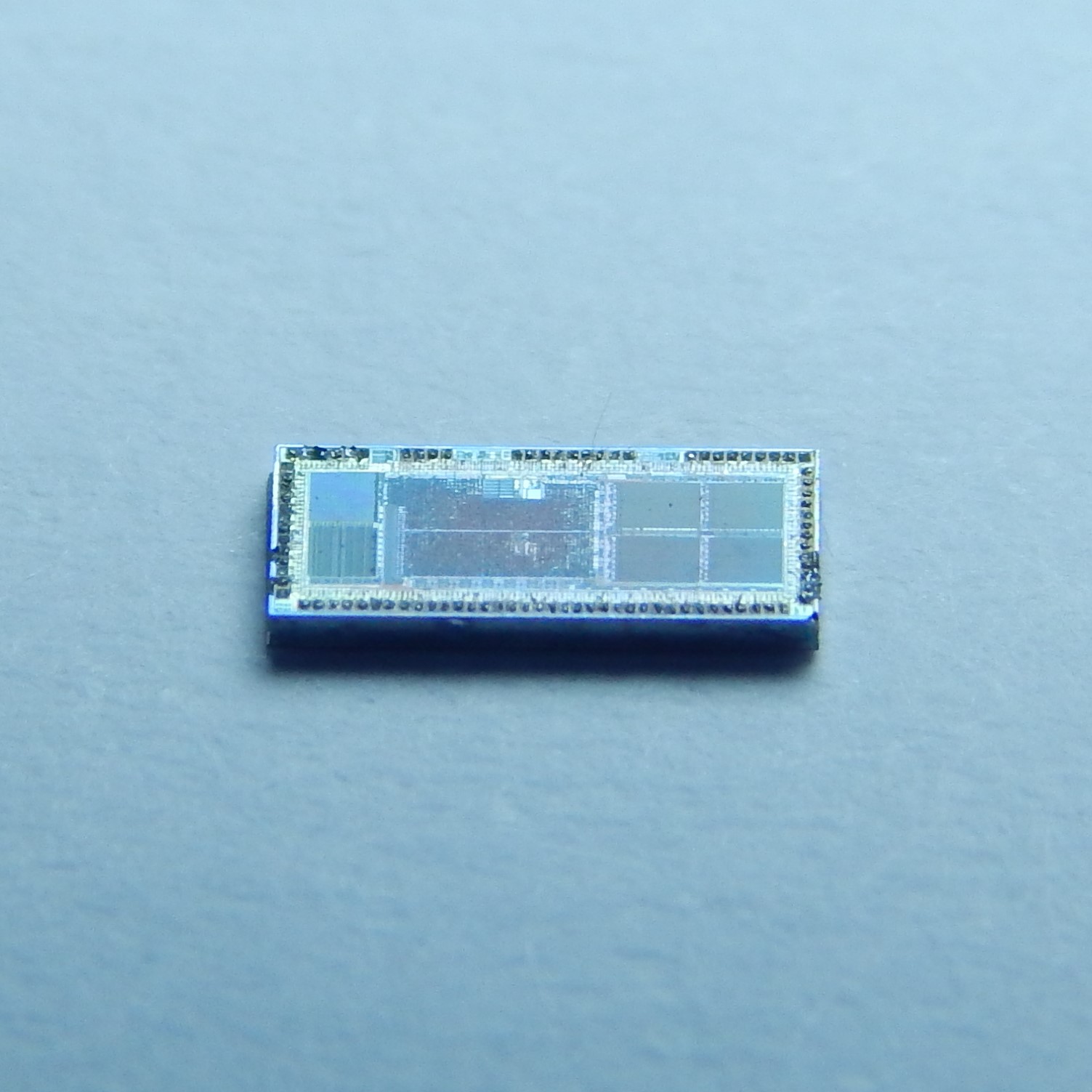nand2tetrisPart1
nand2tetrisPart1Logic diagrams for nand2tetris part 1 (projects 1 to 6).
2-Bit Counter (Up and Down)
2-Bit Counter (Up and Down)A 2-bit counter that counts from 0 to 3! :D
Set "Count" to 1 to start counting and set it to 0 to pause the counter. Set "Increment/Decrement" to 1 to count up and 0 to count down.
EDUCA
EDUCAHalka TD4
Halka TD4Based on TD4, a 4 bit CPU.
Pre-design for Minecraft.
Synchronous 101 Sequence Detector with J-K' Flip Flops
Synchronous 101 Sequence Detector with J-K' Flip FlopsSynchronous overlapping sequence detector that detects the bit pattern 101 using J-K' flip flops (74LS109).
Synchronous 010 or 1001 Sequence Detector with J-K Flip Flops
Synchronous 010 or 1001 Sequence Detector with J-K Flip FlopsSynchronous overlapping sequence detector that detects the bit patterns 010 and 1001 using J-K flip flops.
BD/Universal Shift Registers
BD/Universal Shift RegistersA Bidirectional shift register/Universal register circuits made using Circuitverse.....
2-bit register with S selection bit and by J-K Flip Flop
2-bit register with S selection bit and by J-K Flip Flop a 2-bit register, which has a selection bit S. If S is 0, the register will perform a parallel load. On the other hand, if S is 1, the register will perform an exchange operation. In exchange operation, the present output of the flip-flops will exchange their values, i.e., output 00 will become 00, output 11 will become 11, output 10 will become 01, and output 01 will become 10. this register is designed using J-K flip-flops and basic gates.
Use the button inorder to jump from left to right and vice vera and try avoiding the incoming obstacles.
If you collide with it you die and can restart using the restart button given at the bottom.
Change the difficulty by reducing the timing setting of the clock and good luck :D.
Adjustable 8-bit adder which either loads values from two different registers into an 8-bit adder or sequentially adds the current output value of the adder to the value stored in the first register. Practice for RAM unit application, register creation and organization, bit splitting and compression, and sequential logic.
Project3
Project3An attempt at utilizing memory storage to create some output based on information inputted into ROM block; output changes when ROM enable is toggled while the address input counter changes to change up the sequence of input bits to the registers.
Sequential Multiplication
Sequential MultiplicationThis is an 8-bit sequential multiplier with an 8-bit output. It works by adding A to itself B number of times using an accumulator to keep track of what the value should be. Once the number of times A was added to itself is equal to B then it signals to the output and updates the data.











































